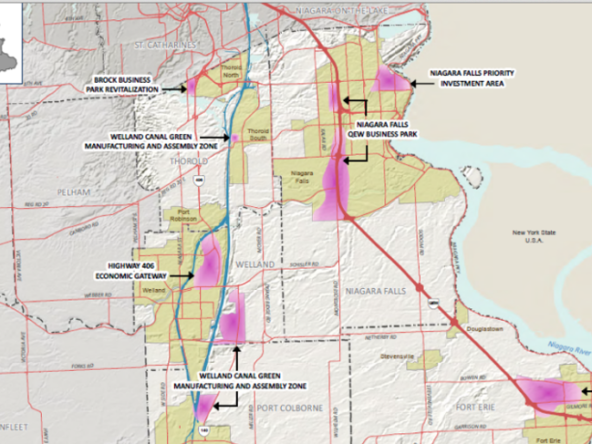Investing in commercial real estate can be a great way to balance your real estate portfolio, especially if you are more accustomed to buying residential properties. Investing in the commercial sector can be lucrative core investments. It can offer sustainable additional income and gives you a level of control in what you’re investing in.
In order to understand commercial real estate investments, you need to get a key understanding of the metrics used. I have outlined three of the key real estate metrics used when assessing commercial real estate: Net Operating Income, Cap Rate, and Cash-on-Cash.
Net Operating Income (NOI)
The Net Operating Income is calculated by vaulting the property’s first year gross operating income and then subtracting the operating expenses for the first year. Your end goal should be to have a positive NOI.
Cap Rate
The Capitalization Rate of a real estate property is used to calculate the value of income producing properties. Larger apartment complexes or office buildings are good candidates for cap rate determination. Cap Rate is also able to estimate the net present value of future profits or cash flow through a process called capitalization of earnings.
Cash on Cash
The Cash-on-Cash formula compares first-year performance of competing properties and is used by investors who rely on financing to purchase their properties. This real estate metric is calculated by annual dollar income divided by the total dollar investment. A key assumption is that the investor did not need to pay all in cash for the property and that the investor will not keep all of the NOI (which will go towards the mortgage on the property).
Commercial real estate investing can be incredibly lucrative but you’ll need to do your homework before you make the decision. Do you know the best location? How is the market? Focus on your long-term goals and connect with a commercial broker in Niagara to achieve a strategic advantage.


